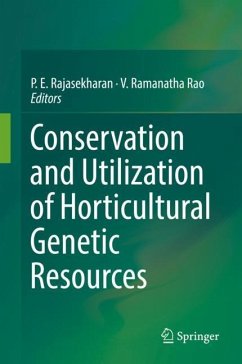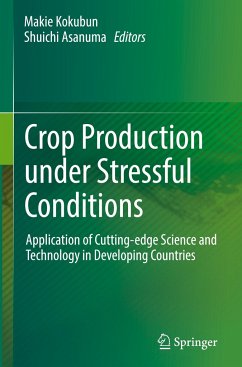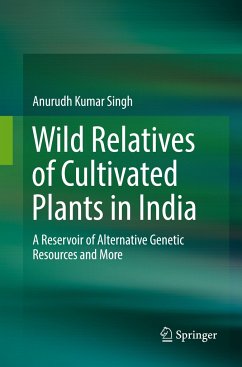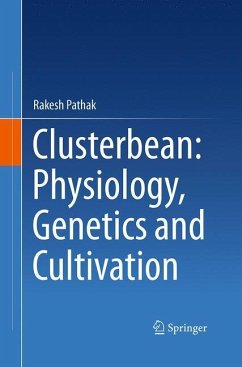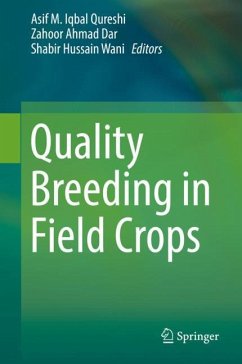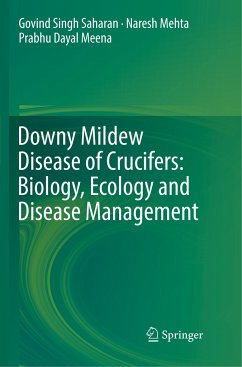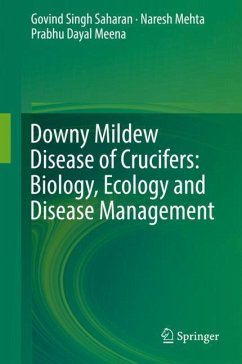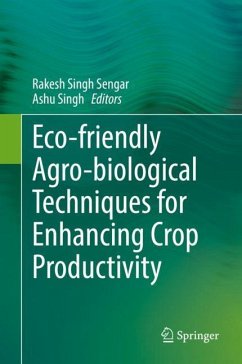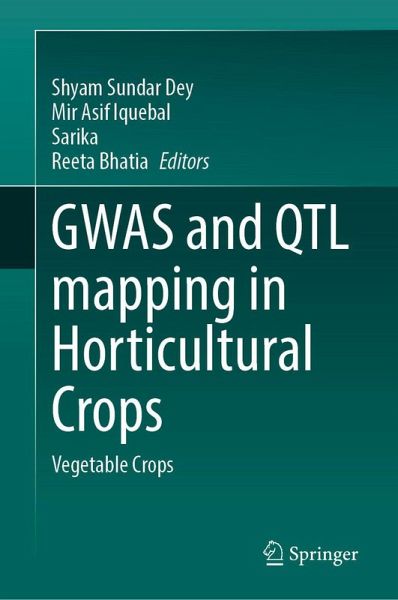
GWAS and QTL Mapping in Horticultural Crops
Vegetable Crops
Herausgegeben: Dey, Shyam Sundar; Asif Iquebal, Mir; Sarika; Bhatia Dey, Reeta
Versandkostenfrei!
Versandfertig in 6-10 Tagen
186,99 €
inkl. MwSt.

PAYBACK Punkte
93 °P sammeln!
This edited volume presents a comprehensive overview of genome-wide association studies (GWAS) and quantitative trait loci (QTL) mapping across a wide range of vegetable crops and their global significance. It covers the fundamental principles of GWAS and QTL mapping, including the statistical tools and methodologies used, along with insights into genetic resources, STRUCTURE analysis, and the development of bi- and multiparent mapping populations. The book also explores identified QTLs, developed molecular markers, and candidate genes associated with economically important traits in vegetable...
This edited volume presents a comprehensive overview of genome-wide association studies (GWAS) and quantitative trait loci (QTL) mapping across a wide range of vegetable crops and their global significance. It covers the fundamental principles of GWAS and QTL mapping, including the statistical tools and methodologies used, along with insights into genetic resources, STRUCTURE analysis, and the development of bi- and multiparent mapping populations. The book also explores identified QTLs, developed molecular markers, and candidate genes associated with economically important traits in vegetable crops.
Vegetable crops play a crucial role in ensuring food and nutritional security for the growing global population. Grown on approximately 10.86 million hectares worldwide, producing 114.8 million tons annually, these crops not only serve as staple food sources but also as essential cash crops and raw materials for various food industries. This book discusses GWAS and QTL mapping efforts across key vegetable crop groups, including nightshades, cucurbits, brassicas, root and tuber crops, leafy vegetables, and others.
This book is intended for breeders, geneticists, pathologists, statisticians, biotechnologists, seed industry professionals, market managers, and graduate and postgraduate students. It will also benefit stakeholders from both the public and private sectors engaged in vegetable crop improvement. It provides practical guidance for developing breeding strategies and improving economically important traits in vegetable crops.
Vegetable crops play a crucial role in ensuring food and nutritional security for the growing global population. Grown on approximately 10.86 million hectares worldwide, producing 114.8 million tons annually, these crops not only serve as staple food sources but also as essential cash crops and raw materials for various food industries. This book discusses GWAS and QTL mapping efforts across key vegetable crop groups, including nightshades, cucurbits, brassicas, root and tuber crops, leafy vegetables, and others.
This book is intended for breeders, geneticists, pathologists, statisticians, biotechnologists, seed industry professionals, market managers, and graduate and postgraduate students. It will also benefit stakeholders from both the public and private sectors engaged in vegetable crop improvement. It provides practical guidance for developing breeding strategies and improving economically important traits in vegetable crops.



